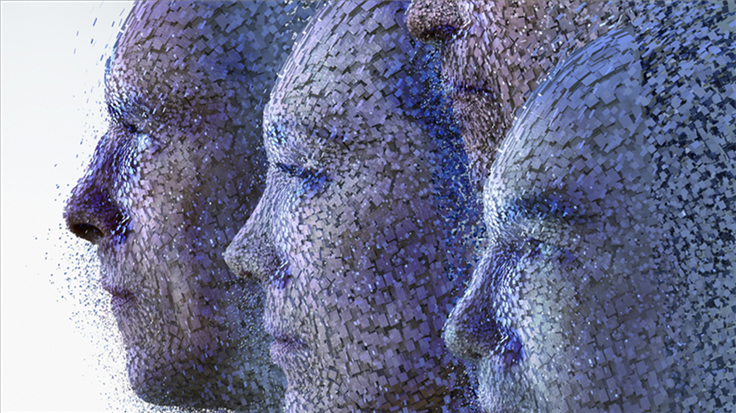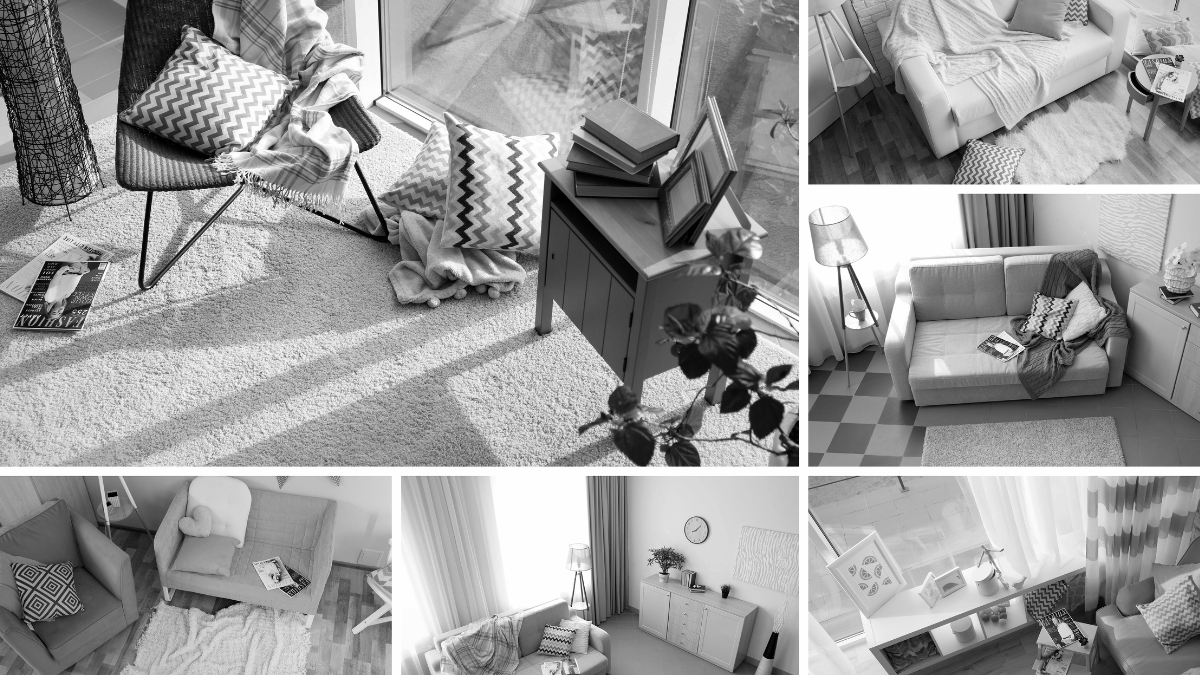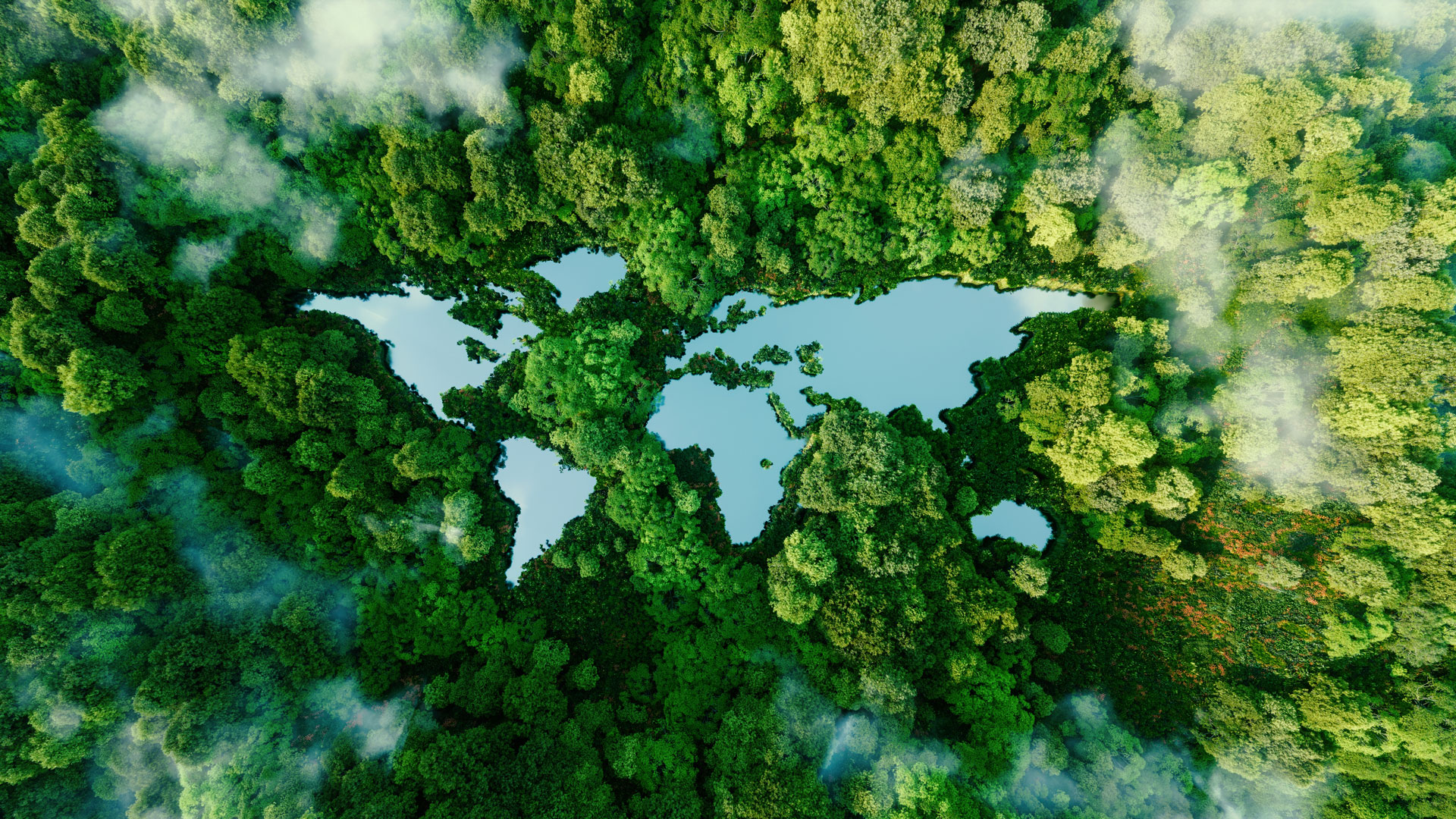Simulating Empires with Procedurally Generated History
Procedural generation is a big part of game design these days. Usually you generate your map, and [Fractal Philosophy] has decided to go one step further: using a procedurally-generated world …read more


Procedural generation is a big part of game design these days. Usually you generate your map, and [Fractal Philosophy] has decided to go one step further: using a procedurally-generated world from an older video, he is procedurally generating history by simulating the rise and fall of empires on that map in a video embedded below.
Now, lacking a proper theory of Psychohistory, [Fractal Philosophy] has chosen to go with what he admits is the simplest model he could find, one centered on the concept of “solidarity” and based on the work of [Peter Turchin], a Russian-American thinker. “Solidarity” in the population holds the Empire together; external pressures increase it, and internal pressures decrease it. This leads to an obvious cellular automation type system (like Conway’s Game of Life), where cells are evaluated based on their nearest neighbors: the number of nearest neighbors in the empire goes into a function that gives the probability of increasing or decreasing the solidarity score each “turn”. (Probability, in order to preserve some randomness.) The “strength” of the Empire is given by the sum of the solidarity scores in every cell.
Each turn, Empires clash, with the the local solidarity, sum strength, and distance from Imperial center going into determining who gains or loses territory. It is a simple model; you can judge from the video how well it captures the ebb and flow of history, but we think it did surprisingly well all things considered. The extra 40-minute video of the model running is oddly hypnotic, too.

After a dive into more academic support for the main idea, and a segue into game theory and economics, a slight complication is introduced later in the video, dividing each cell into two populations: “cooperators” or “selfish” individuals.
This allows for modeling of internal conflicts between the two groups. This hitch gives a very similar looking map at the end of its run, although has an odd quirk that it automatically starts with a space-filling empire across the whole map that quickly disintegrates.
Unfortunately, the model not open-source, but the ideas are discussed in enough detail that one could probably produce a very similar algorithm in an afternoon. For those really interested, [Fractal Philosophy] does offer a one-time purchase through his Patreon. It also includes the map-generating model from his last video.
We’re much more likely to talk about simulating circuits, or feature projects that use fluid simulations here at Hackaday, but this hack of a history model








































































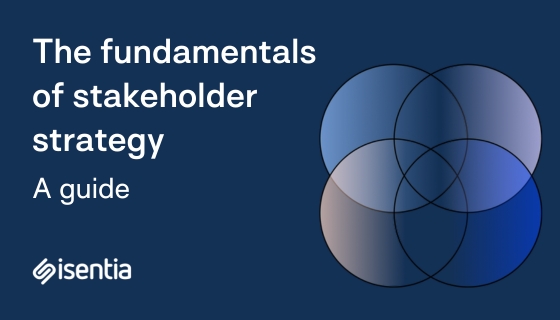












































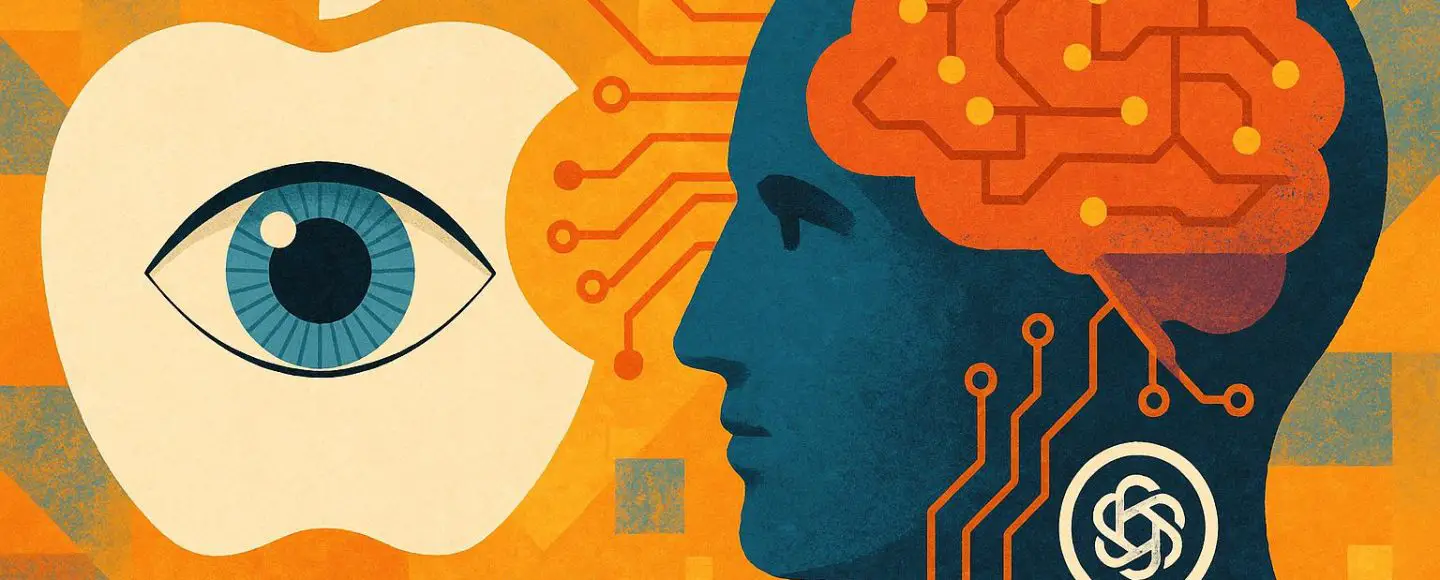





















































![[The AI Show Episode 155]: The New Jobs AI Will Create, Amazon CEO: AI Will Cut Jobs, Your Brain on ChatGPT, Possible OpenAI-Microsoft Breakup & Veo 3 IP Issues](https://www.marketingaiinstitute.com/hubfs/ep%20155%20cover.png)


































































































































































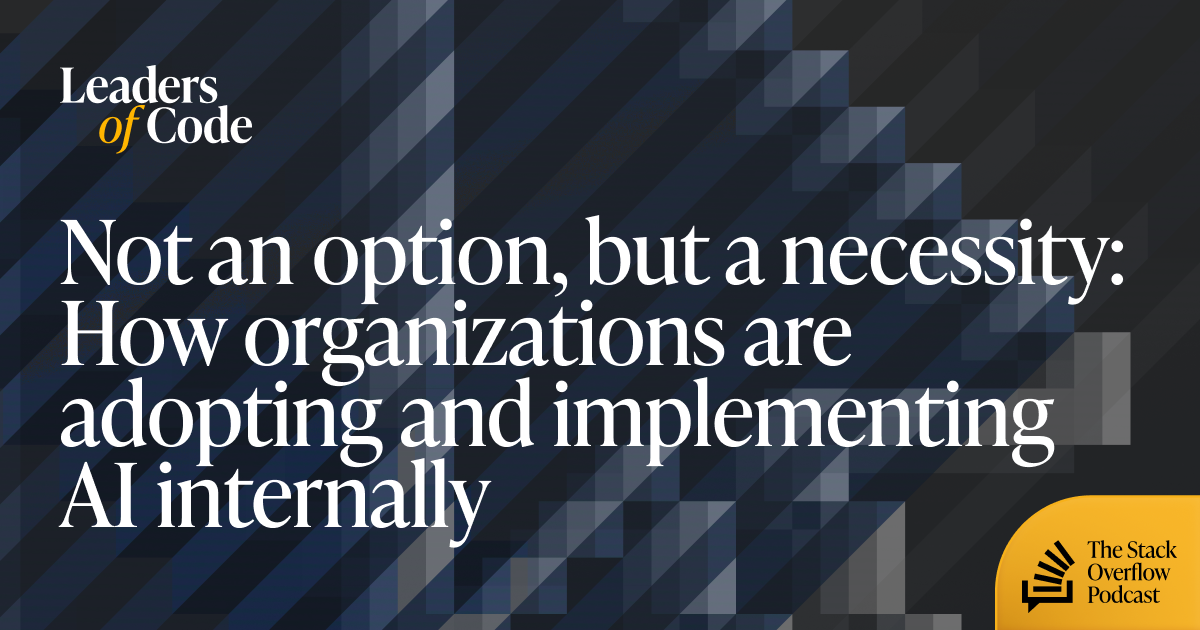













































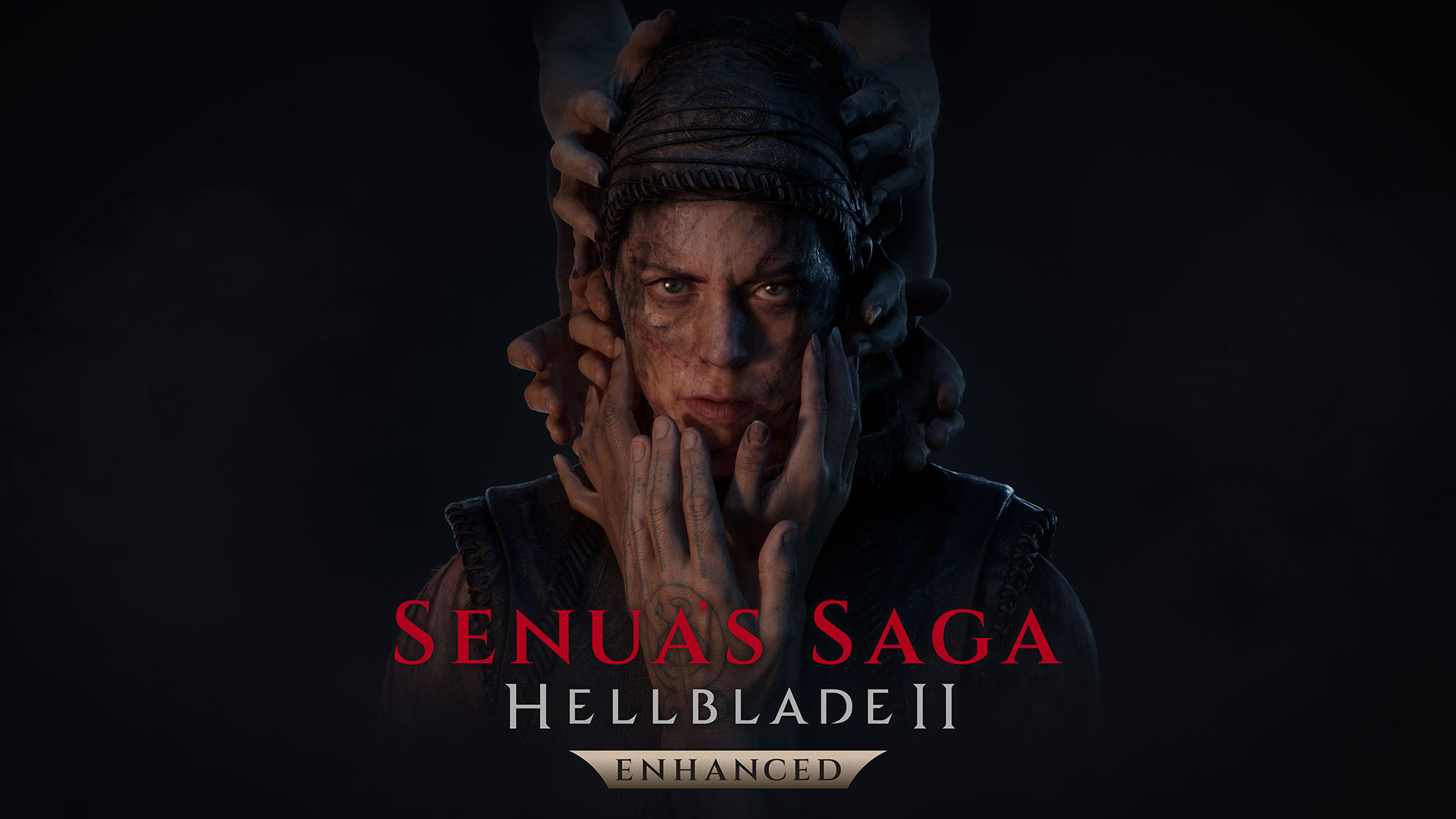







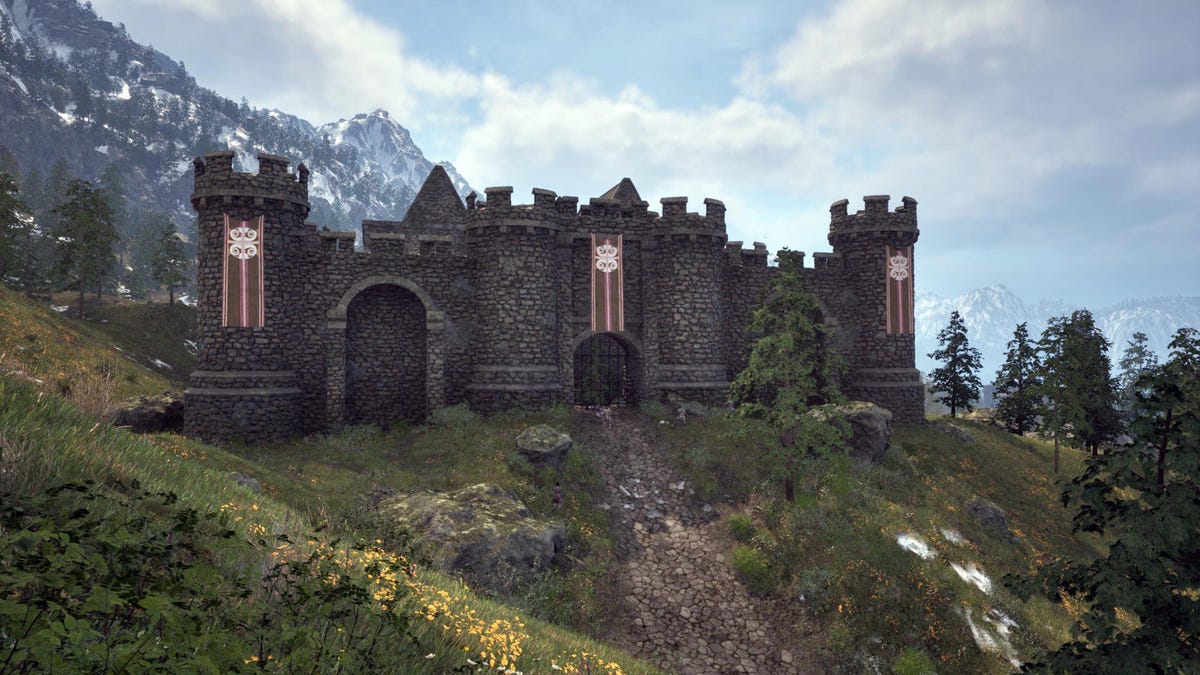










































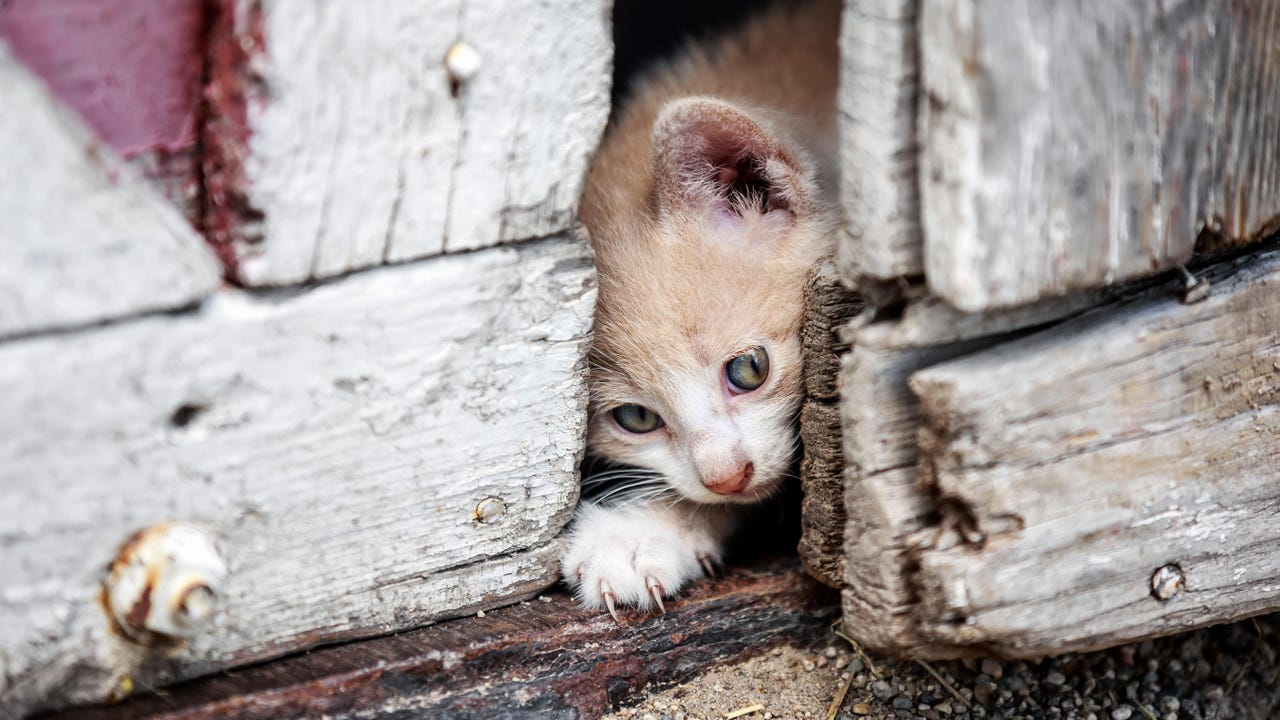


















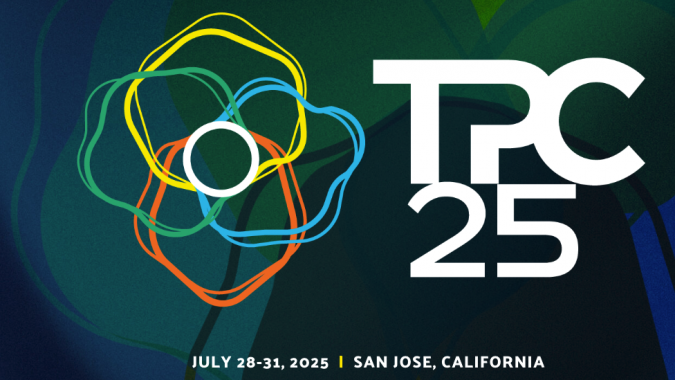





















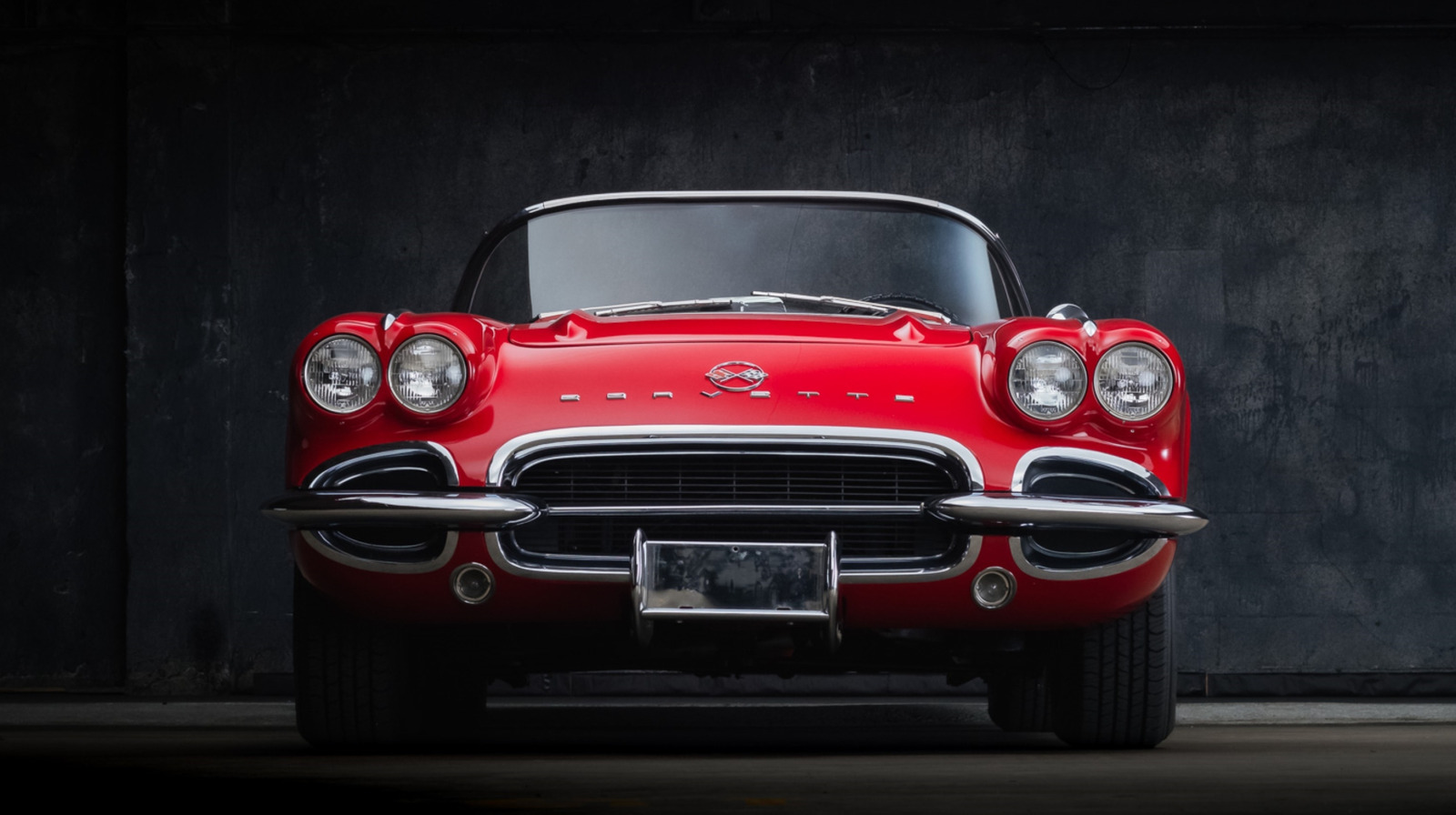





































































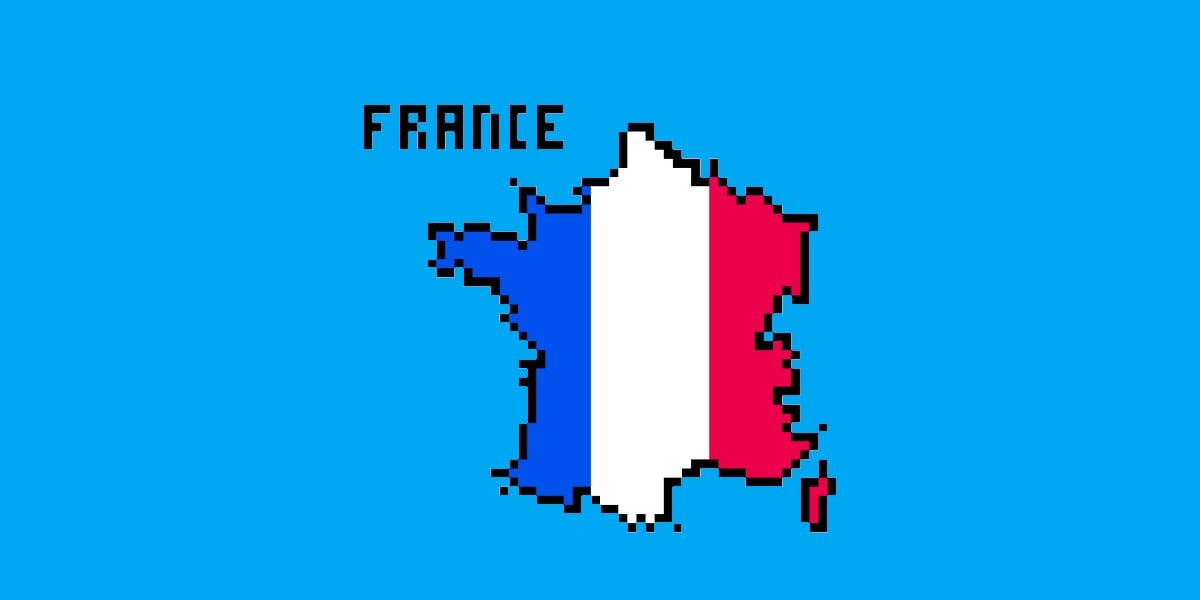



![Mercedes, Audi, Volvo Reject Apple's New CarPlay Ultra [Report]](https://www.iclarified.com/images/news/97711/97711/97711-640.jpg)



